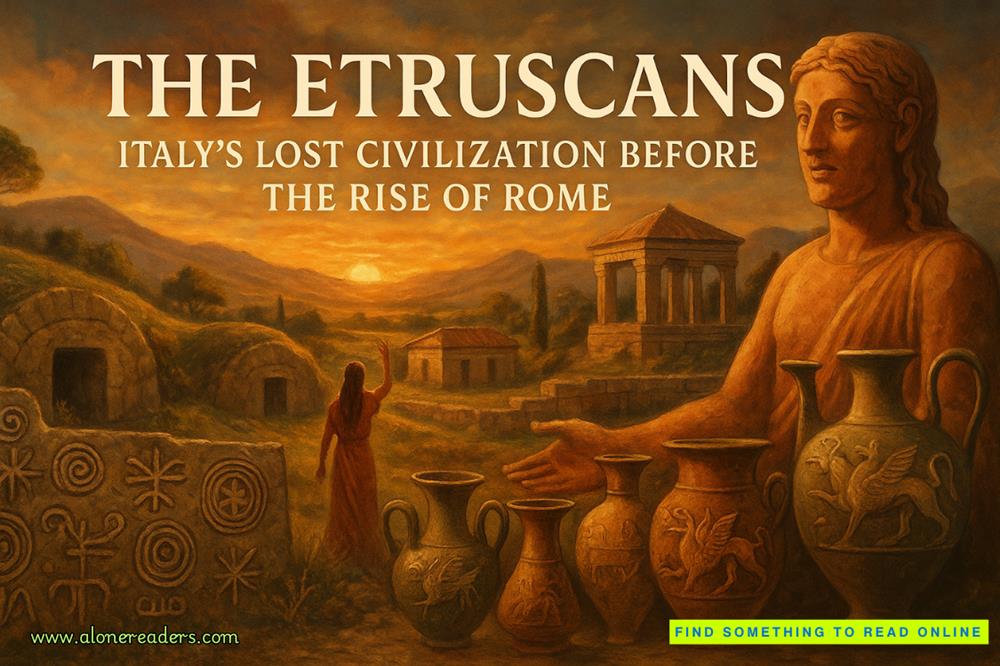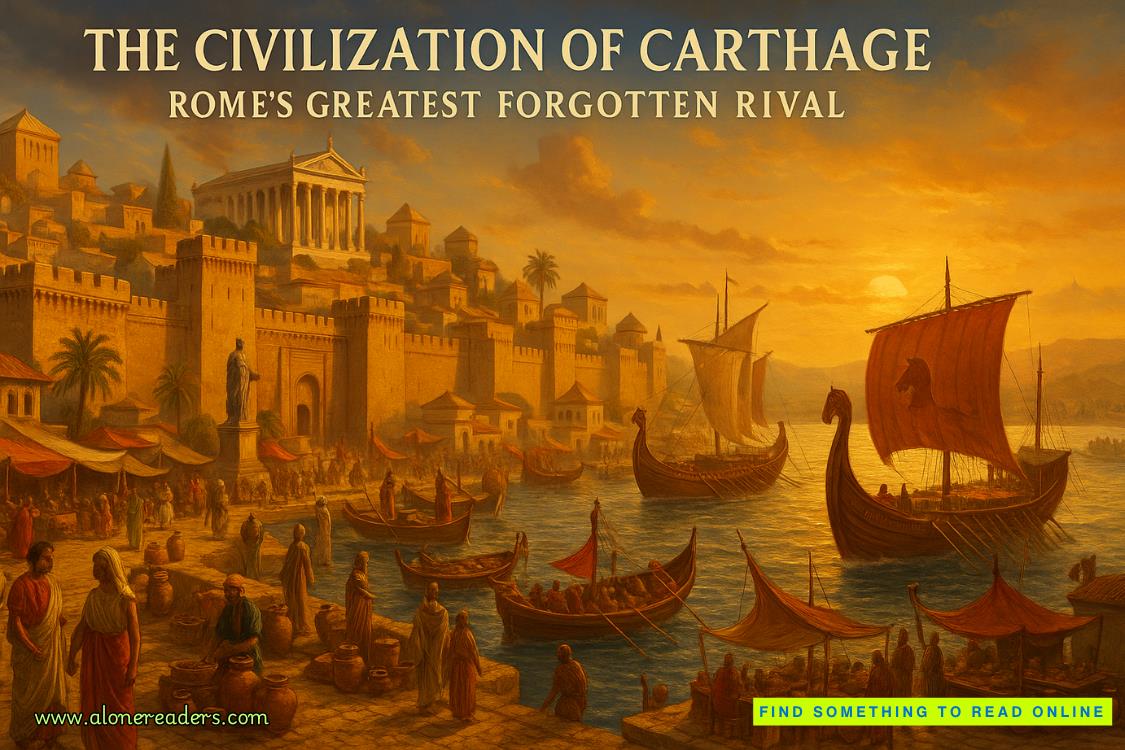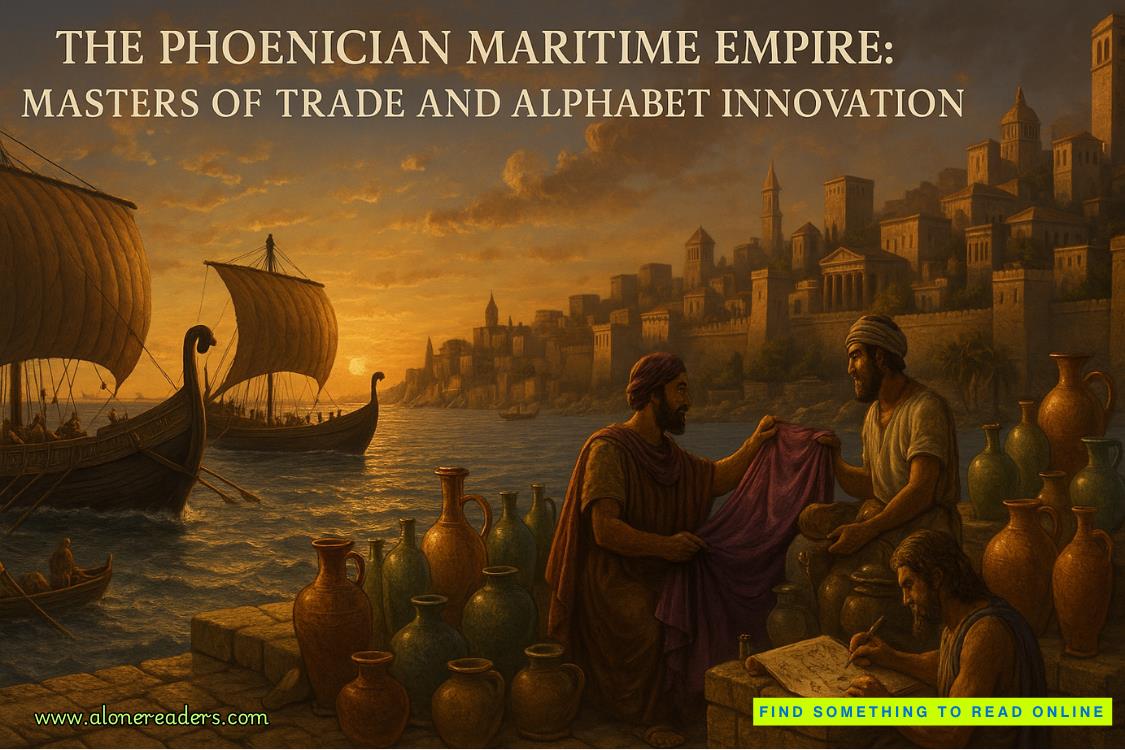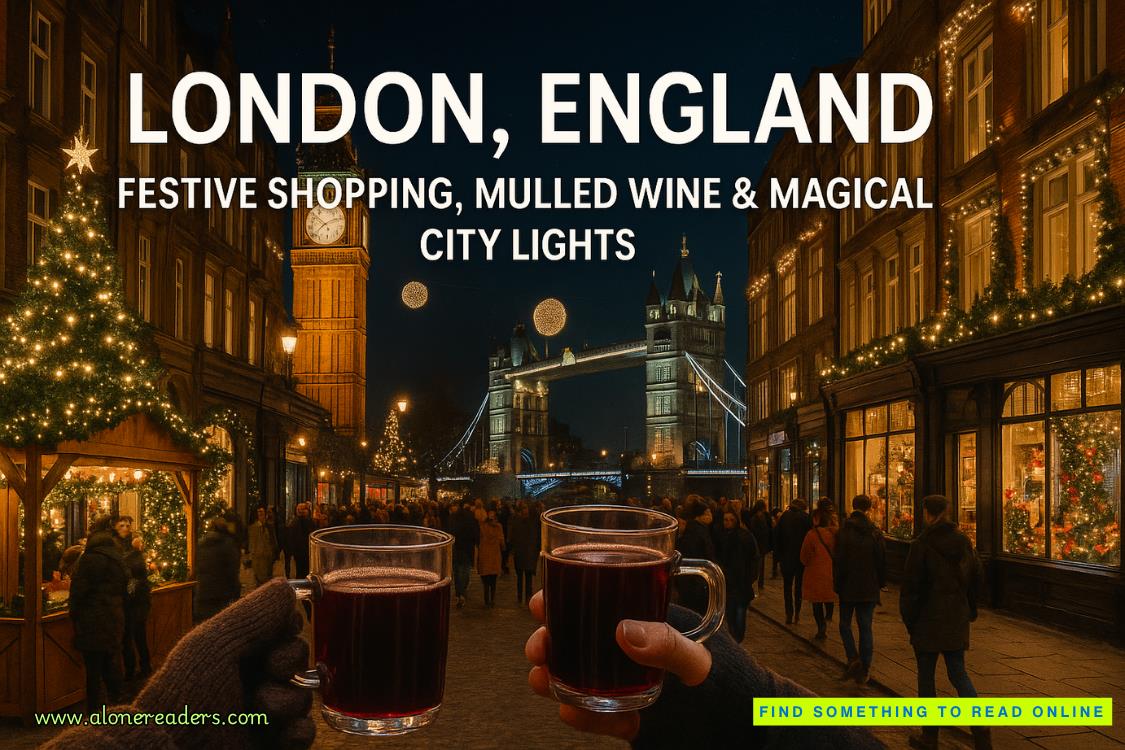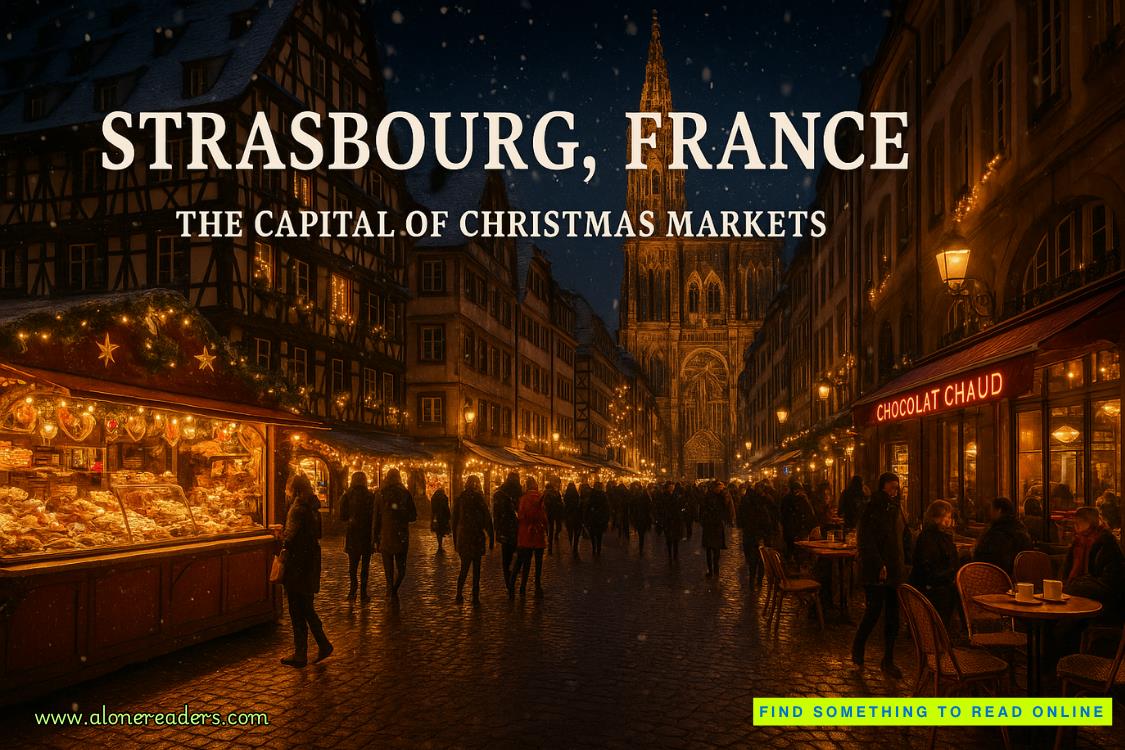Page 20 of A Death in Cornwall
Naomi Wallach raised her cigarette to her lips and drew. “I’ve told myself that I will find a new dreadful habit after I recover all the paintings that were stolen from the Jews of France during the war and return them to their rightful owners.”
“You’ve set for yourself an unattainable goal, Madame Wallach.”
“If I believed that, I never would have accepted the position at the Louvre. The collection contains seventeen hundred paintings that were either looted by the Nazis or acquired under dubious circumstances. It is my job to establish an unassailable provenance for each piece and then track down a living heir with a valid claim. A monumental task.”
“Which is why you asked Professor Blake to conduct a provenance investigation on your behalf.”
Naomi Wallach nodded. “I didn’t have time to give the matter the attention it deserved. But there was also an ethical question involved. Since taking the job at the Louvre, I have refrained from conducting private inquiries. Especially inquiries as sensitive as the one involving Bernard Lévy.”
“Who was he?” asked Gabriel.
“A successful businessman with an eye for modern and avant-garde art. Monsieur Lévy went into hiding with his wife and daughter after the Paris Roundup in July 1942. He was deported to Auschwitz in 1944 and gassed upon arrival. His wife was on the same transport.”
“And their daughter?”
“She was taken in by a Catholic family in the Free Zone and managed to survive the war. She married a fellow survivor named Léon Cohen in 1955 and a year later gave birth to a child she named Emanuel. He was completing his medical training at the Sorbonne when she finally told him about her experiences during the Occupation.” Naomi Wallach paused. “And about the small collection of paintings that had hung in her family’s apartment in Paris.”
“A collection that included a woman in the surrealist style by Pablo Picasso, which Bernard Lévy had purchased from Galerie Paul Rosenberg in 1937.”
“Perhaps.” Naomi Wallach dropped her cigarette to the footpath and ground it out with the toe of a stylish boot. “These cases are always complicated. Dr. Cohen had no photographs, receipts, or documentation of any kind to support his claim. He told me that his grandparents left everything behind when they fled Paris and went into hiding in the south.”
“What did they do with the Picasso and the rest of the paintings?”
“Evidently, Lévy entrusted them to his lawyer in Paris.” She picked up the cigarette butt and tossed it into a rubbish bin. “A certain Monsieur Favreau.”
“And Favreau sold them?”
“Dr. Cohen believed that to be the case.”
“What else did he believe?”
“That his grandfather’s Picasso was inside the Geneva Freeport.”
The Freeport was a six-hundred-thousand-square-foot storage facility located in an industrial quarter of Geneva. At last estimate, the complex contained more than a million paintings, including the largest collection of Picassos outside the Spaniard’s heirs.
“It’s a distinct possibility,” said Gabriel. “But why did Cohen suspect that it was there?”
“He claimed to have seen the painting with his own eyes.”
“In a storage vault?”
“Non. At a gallery that operates within the boundaries of the Freeport. There are several, you know. Dr. Cohen visited this gallery several months ago to see if there were any untitled Picasso portraits on the market. And guess what he saw there?”
“His grandfather’s Picasso?”
She nodded.
“Did he ask to see the provenance?”
“Of course. But the dealer said the painting wasn’t for sale and refused to let him see it.”
“And the dealer’s name?”
“Dr. Cohen refused to tell me.”
“Why?”
“He thought it might taint my investigation if I knew the painting’s whereabouts in advance. He wanted an unimpeachable provenance report from a leading expert that he could present in court.”
